What do a handful of library books, a white Christmas tree and coloured paper feathers have in common? They were all part of an interactive educational response to the injustice of Indian Residential Schools.
When Angela Schmiemann heard the news that the Tk’emlúps te Secwépemc First Nation had discovered the unmarked graves of 215 children near the site of the former Kamloops Indian Residential School, she wanted to raise awareness of the situation in the seniors residential complex where she works.
Schmiemann is quality-of -life coordinator at Bethany Manor, which is owned and operated by Saskatoon Mennonite Healthcare Services. Among her many responsibilities are event planning and decorating.
At the beginning of the COVID-19 pandemic, when it wasn’t possible to hold any events or do any group activities, she wondered what she could do to bring a little joy to residents’ lives. She purchased a white artificial Christmas tree and designated it a seasonal tree, decorating it accordingly for Valentine’s Day, Easter and other holidays, or with seasonal themes such as gardening.
She says that Bethany’s residents, most of whom are Mennonite, don’t have many direct connections with Indigenous people, but she wanted to give them an opportunity to learn and show their support for the people impacted by residential schools.
Her idea was to decorate the seasonal tree with paper cutouts of an eagle feather. She photocopied 215 feathers and distributed them to residents, inviting them to colour or write on the feathers. While some residents gathered in common areas to colour their feathers together, most did the project in the privacy of their rooms, placing their finished feathers in Schmiemann’s mailbox. She then decorated the tree with the coloured feathers.
With help from the community liaison at the public library, Schmiemann also created a display of books related to Indian Residential Schools along with a timeline depicting the history of the schools.
For some residents, her display was eye-opening. “A lot of them didn’t know the history,” she says, and she heard comments such as, “I didn’t know that was going on.”
Schmiemann, who often saw residents browsing through the library books or reading the timeline, says she received only positive feedback. Some residents told her, “This is the best tree you’ve ever done.” And even a few residents who didn’t think much of the seasonal tree expressed appreciation for this display.
“It was a very simple but effective way of recognizing and paying honour to those who went to the schools and never came home,” she says.
Although Canada Day decorations replaced the residential school display at the end of June, Schmiemann feels that her efforts were worthwhile. “My aim in putting up this display was not only for decoration,” she says, “but to give residents visual, correct information about residential schools, and [offer them] a way that they could reflect and express empathy to all those who attended residential schools.”
“It definitely has been a powerful display for residents to view and ponder,” she says.
Do you have a story idea about Mennonites in Saskatchewan? Send it to Donna Schulz at sk@canadianmennonite.org.


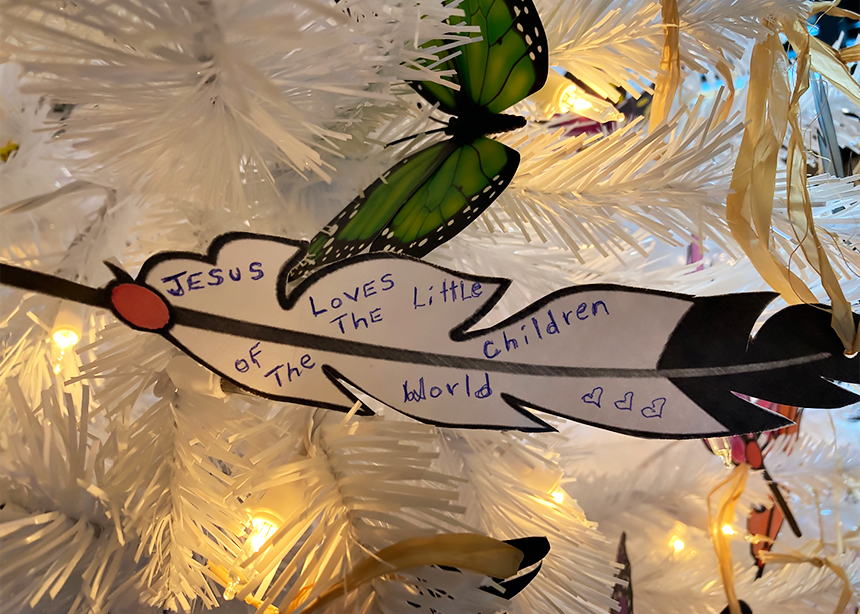

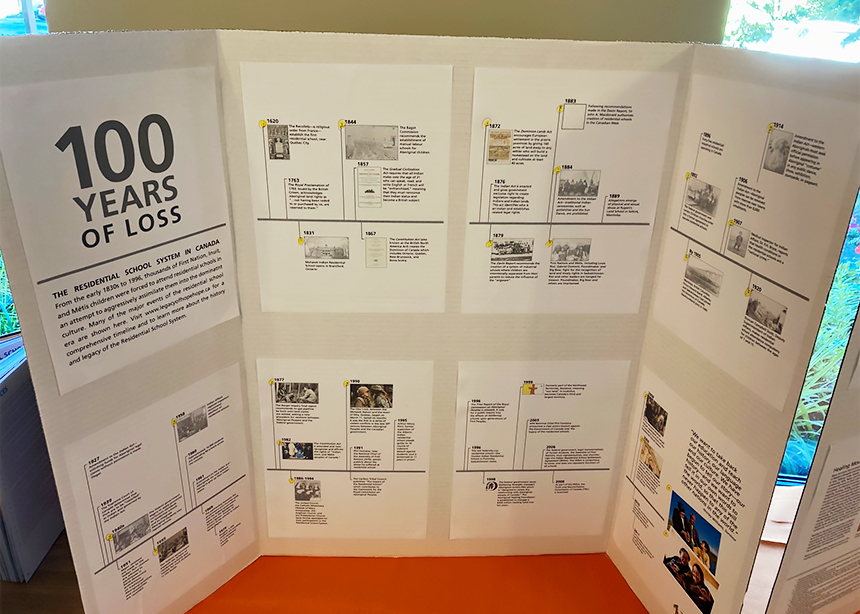
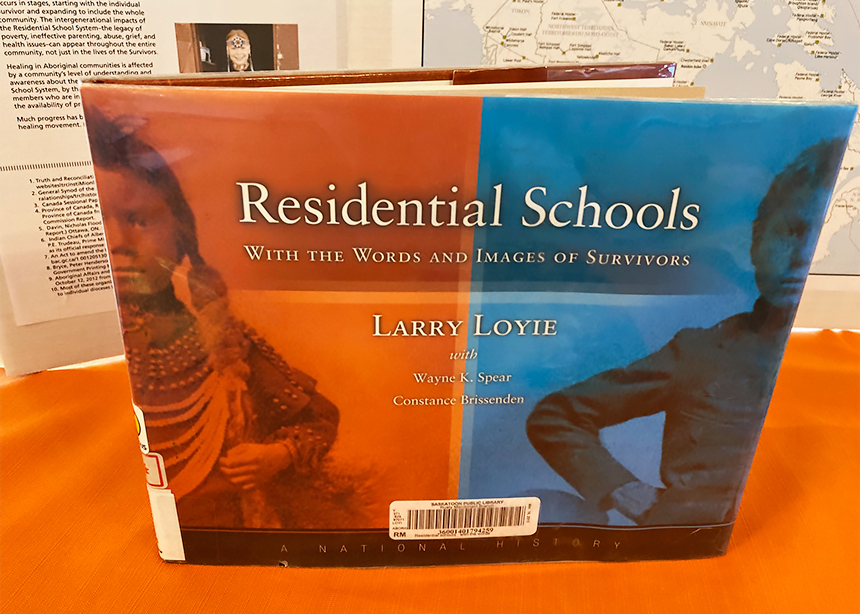
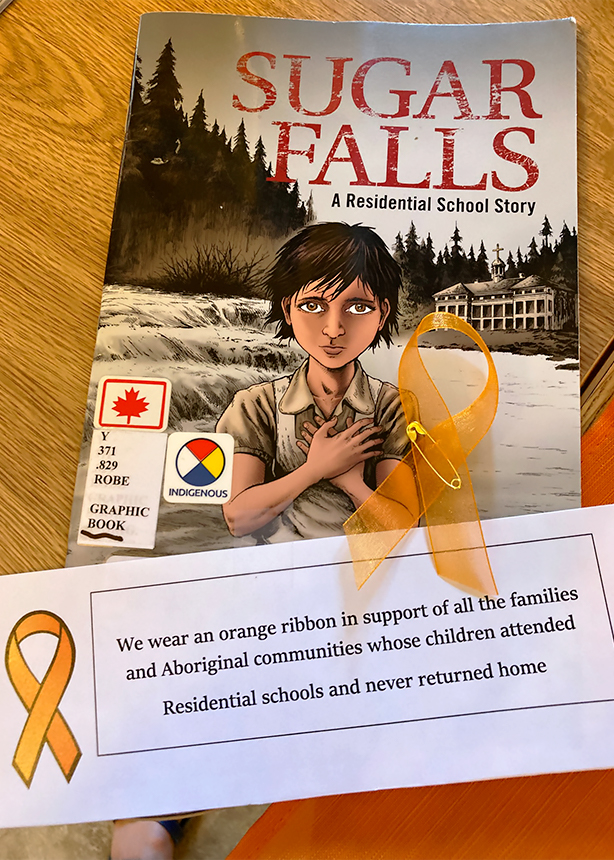
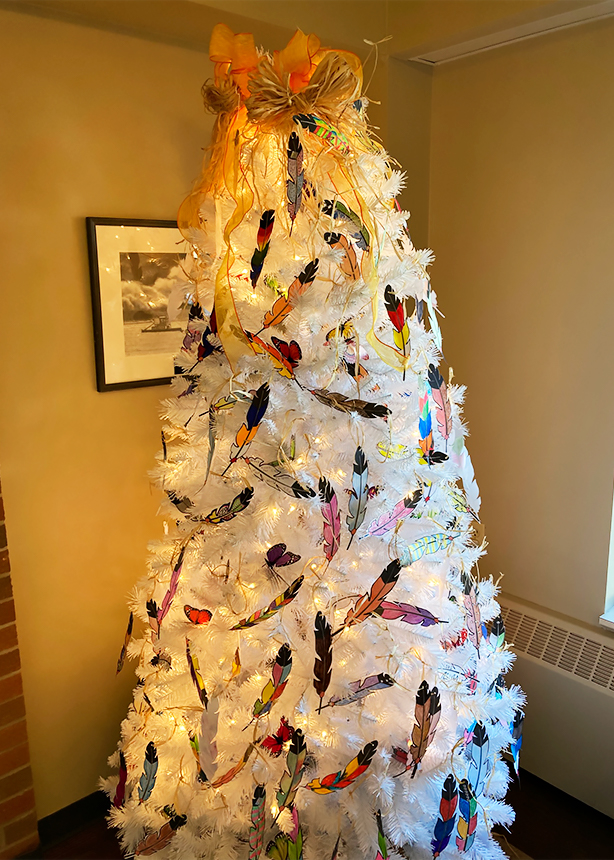
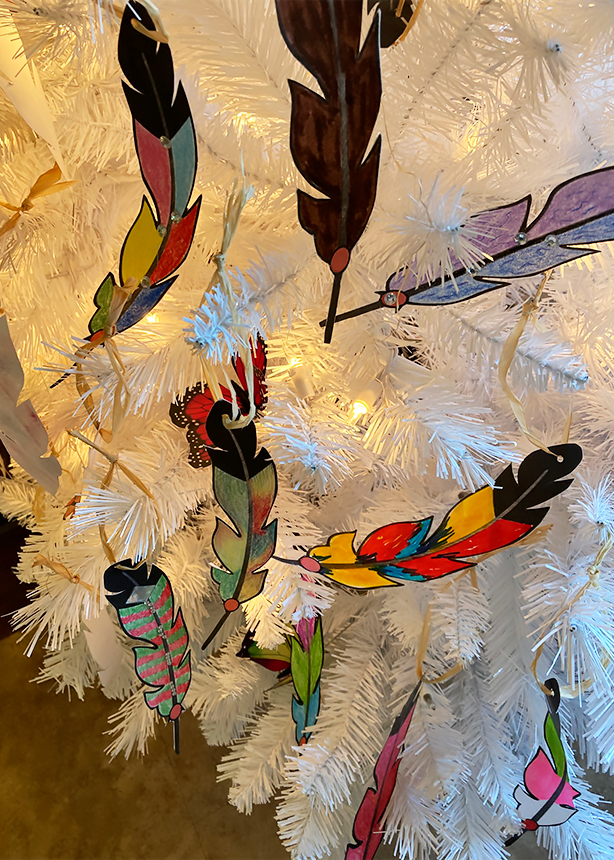
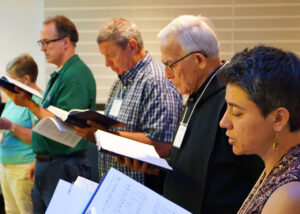
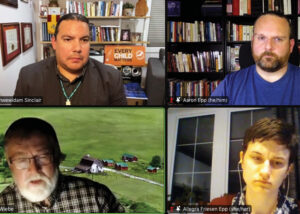
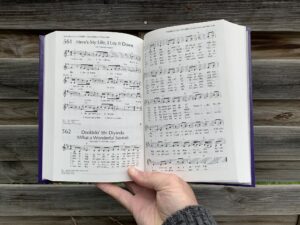

Leave a Reply
You must be logged in to post a comment.